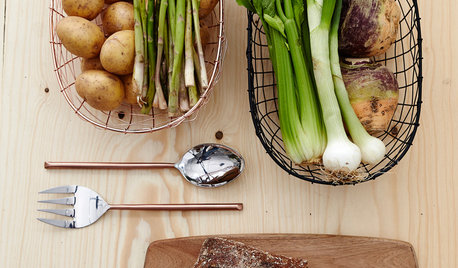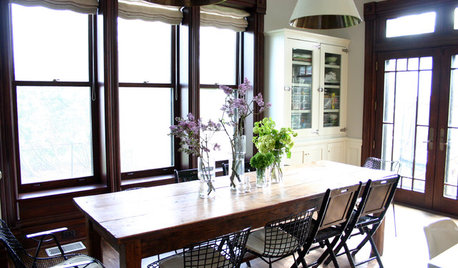Moving to no-till
blaithinbeka
16 years ago
Related Stories

LIFEThe Moving-Day Survival Kit: Lifesaving Items and Niceties
Gather these must-haves in advance for a smooth move and more comfortable first days in your new home
Full Story
LIFE7 Things to Do Before You Move Into a New House
Get life in a new house off to a great start with fresh paint and switch plates, new locks, a deep cleaning — and something on those windows
Full Story
SELLING YOUR HOUSEA Moving Diary: Lessons From Selling My Home
After 79 days of home cleaning, staging and — at last — selling, a mom comes away with a top must-do for her next abode
Full Story
LIFESo You're Moving In Together: 3 Things to Do First
Before you pick a new place with your honey, plan and prepare to make the experience sweet
Full Story
LIFERetirement Reinvention: Boomers Plot Their Next Big Move
Choosing a place to settle in for the golden years? You're not alone. Where boomers are going and what it might look like
Full Story
DECORATING GUIDESSingle Design Moves That Make All the Difference
One good turn deserves a whole ideabook — check out these exceptional lone moves that make the room
Full Story
MOVING9 Things New Homeowners Know to Be True
Just moved into a new home? Congratulations! The fun is about to begin
Full Story
MOVINGYour First Home: Beautiful Basics and Multitaskers for Every Room
Here’s what to choose and what to avoid when outfitting a new house
Full Story
LIFE10 Reasons to Be Happy You’re a Renter
Homeownership has many benefits, but there are upsides to not owning a home too
Full Story
MOST POPULARFirst Things First: How to Prioritize Home Projects
What to do when you’re contemplating home improvements after a move and you don't know where to begin
Full Story





bryan_ut
softmentor
Related Professionals
Zion Landscape Architects & Landscape Designers · Brooklyn Center Landscape Architects & Landscape Designers · Norwood Landscape Contractors · Beverly Hills Landscape Contractors · Cincinnati Landscape Contractors · Lebanon Landscape Contractors · Mastic Beach Landscape Contractors · Nashua Landscape Contractors · North Ridgeville Landscape Contractors · Ronkonkoma Landscape Contractors · Wilton Landscape Contractors · Elizabeth Solar Energy Systems · Fontana Solar Energy Systems · Fort Lee Solar Energy Systems · Selma Solar Energy Systemsdirtdigging101
gladgrowing